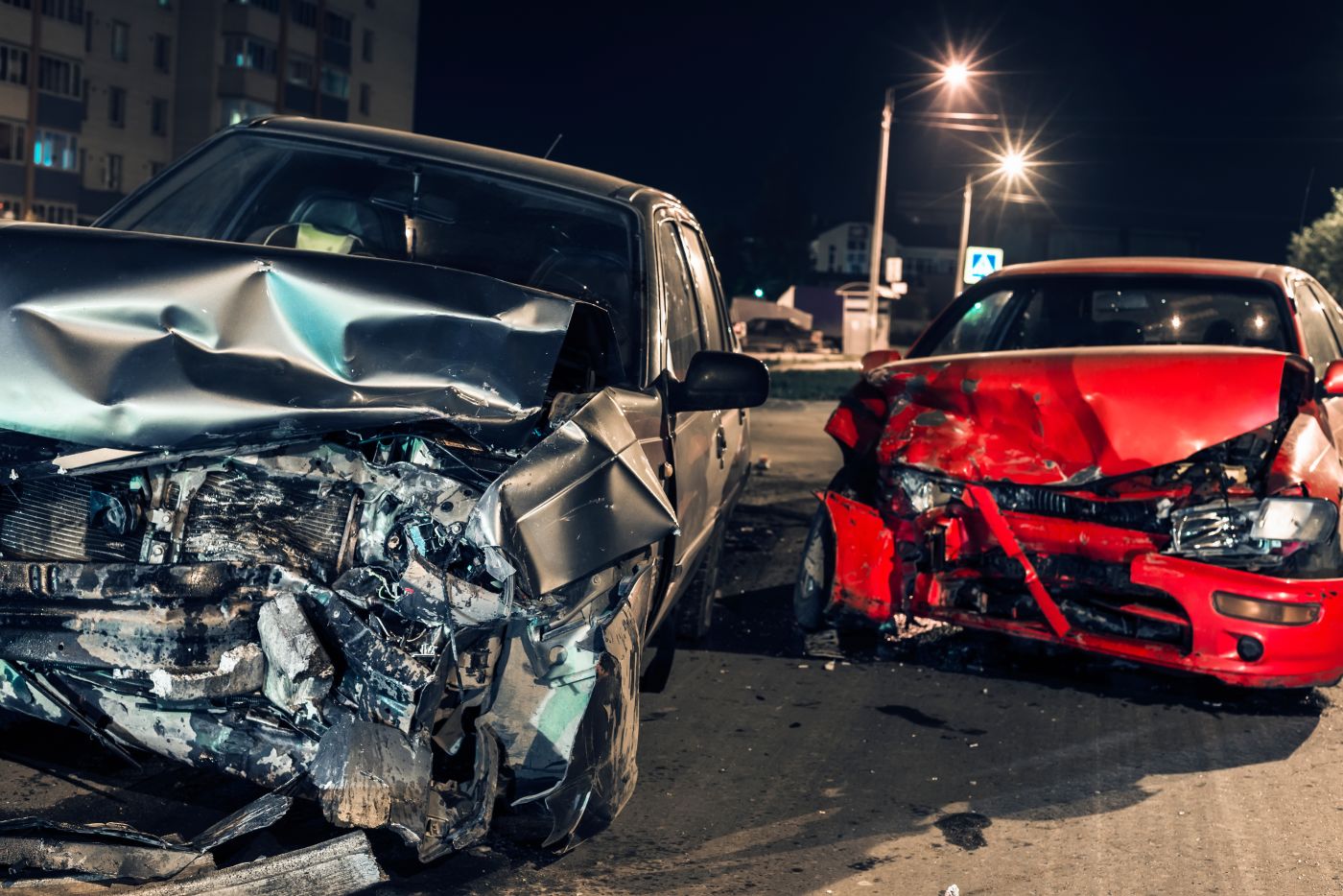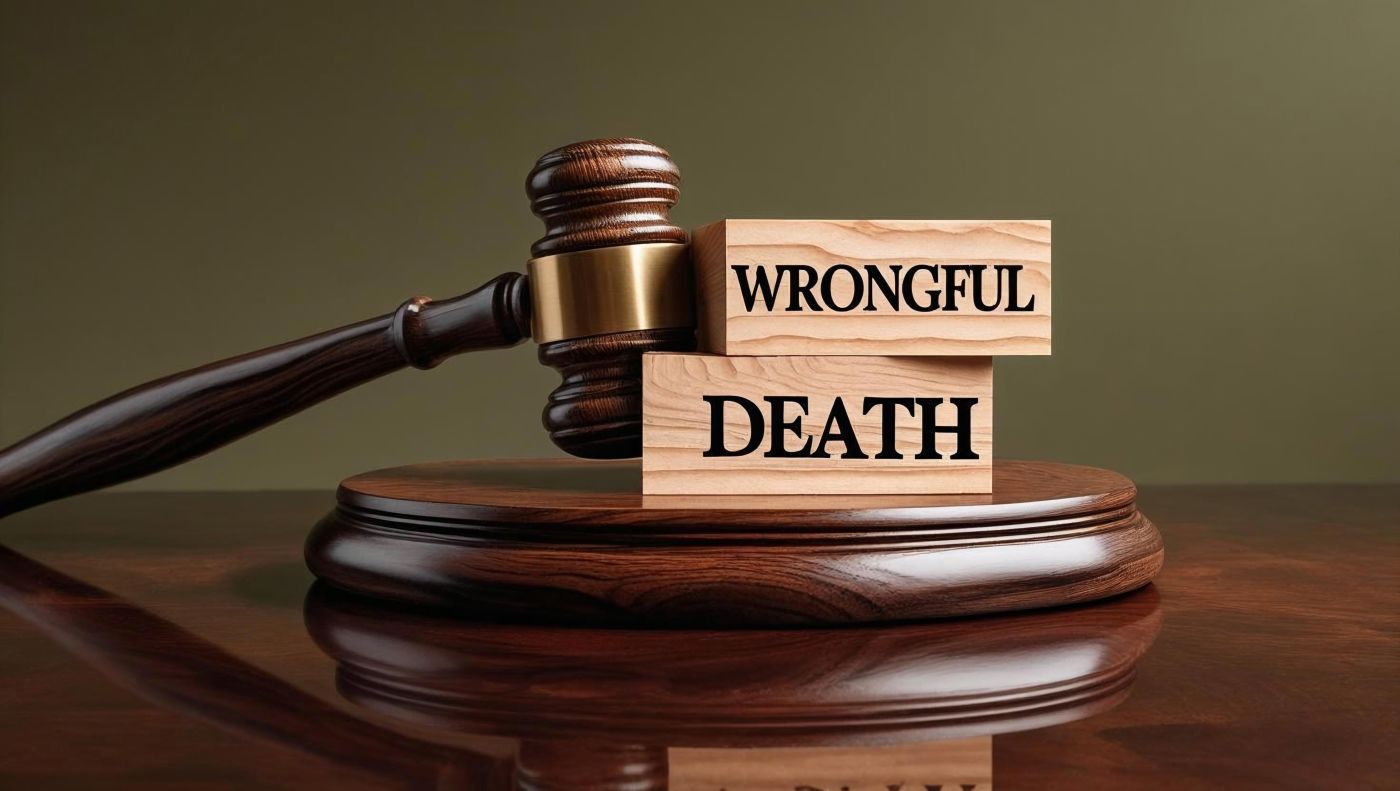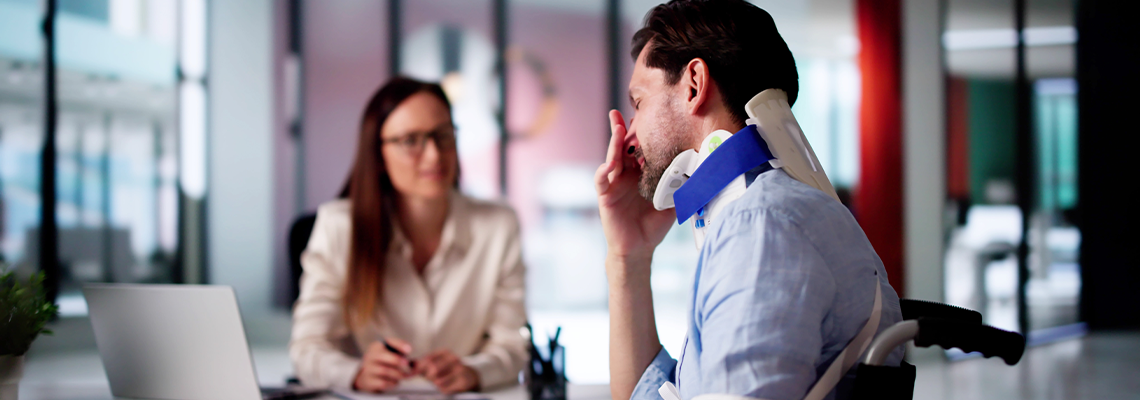
Car accidents can turn your life upside down in a matter of seconds. Whether you’re dealing with serious injuries, unexpected medical bills, or missed time from work, the consequences are often overwhelming. If another driver caused the accident, you may be entitled to compensation. But in Utah, proving liability isn’t always straightforward.
If you’ve been injured in a car accident in Utah, proving who was at fault is one of the most important steps in securing fair compensation. At Preston Day Law, PLLC, we provide personalized, results-driven representation to accident victims in Salt Lake County and Utah County, assisting them with their personal injury claims.
Our firm is committed to holding negligent drivers accountable and making sure our clients receive the medical care and financial recovery they deserve.
How Utah’s No-Fault Insurance System Works
Utah operates under a no-fault auto insurance system. This means that after an accident, your insurance—through personal injury protection (PIP) coverage—pays for your medical expenses and lost income, regardless of who was at fault. The purpose of this system is to make sure that people receive prompt medical care without having to wait for liability to be established.
However, the no-fault system doesn’t completely prevent you from filing a lawsuit. According to Utah’s liability laws, if your injuries are severe enough, such as permanent disability, disfigurement, or if your medical bills exceed $3,000, you’re allowed to bring a claim directly against the at-fault driver.
At this point, proving liability becomes the central issue in your personal injury claim. This means gathering strong evidence to demonstrate that the other party’s negligence directly caused your injuries.
What It Means to Prove Liability
Liability refers to legal responsibility. In a car accident case, it means establishing that another person’s actions—or failure to act—directly caused your injuries. To hold someone liable, you must show that they were negligent and that this negligence caused the accident.
In legal terms, negligence consists of four elements: duty, breach, causation, and damages. Every driver must operate their vehicle in a reasonably safe manner.
If they breach that duty by speeding, texting, or driving while impaired, and that breach directly results in an accident, they can be held liable. Damages refer to the harm you’ve suffered, such as medical bills, pain and suffering, or loss of income.
Comparative Fault in Utah
Utah follows the rule of modified comparative fault. This legal doctrine allows you to recover compensation as long as you’re less than 50% at fault for the accident. However, your compensation will be reduced by the percentage of fault assigned to you.
If you're found to be 30% at fault, for instance, your total recovery will be reduced by 30%. If you’re 50% or more at fault, you won’t be eligible to recover any damages at all.
This makes it particularly important to present strong evidence and build a convincing case that accurately reflects the other party’s share of responsibility. Insurance companies may try to argue that you share a larger portion of the blame, so they can minimize their payout or deny your claim altogether.
How Evidence Helps Establish Fault
The strength of your personal injury case rests heavily on the quality and quantity of your evidence. The more detailed, timely, and accurate your documentation, the better your chances of proving that the other driver was responsible.
Police reports are one of the most important pieces of evidence. When officers arrive at the scene, they typically document what they observe, gather statements from drivers and witnesses, and may include their conclusions about who caused the accident.
If the other driver was cited for a traffic violation—such as running a red light or following too closely—that can strongly support your liability claim.
Photographs and videos taken at the scene can visually demonstrate how the accident occurred. Images of vehicle damage, skid marks, road signs, weather conditions, and the final position of each car all help paint a clear picture of what happened.
If there were traffic or security cameras nearby, you may be able to request footage that corroborates your version of events.
Eyewitness statements can also be powerful. A neutral third party who saw the accident unfold may provide unbiased testimony that supports your claim. It’s essential to obtain their contact information while still at the scene, if possible.
Medical records play a dual role in your claim. First, they help prove the extent of your injuries. Second, they can establish a clear link between the accident and your physical condition.
Seeking medical attention right away and following through with all recommended treatments strengthens this connection and helps eliminate doubts about the origin of your injuries.
Expert testimony is another tool that may be used to demonstrate liability. Accident reconstruction specialists, for instance, utilize physical evidence and scientific principles to determine the cause of an accident.
A medical expert can offer insights into how your injuries likely happened. These professional opinions can carry significant weight, especially if your case goes to trial.
Legal Doctrines That Can Strengthen Your Claim
In addition to standard negligence, Utah law recognizes other legal theories that can help prove liability. One is “negligence per se,” which applies when someone breaks a safety law and causes an accident.
For example, if the at-fault driver was speeding or ran a stop sign, they may be presumed negligent because they violated a traffic law designed to protect others.
Another principle is “res ipsa loquitur,” which translates to “the thing speaks for itself.” This doctrine can apply in situations where the very nature of the accident implies negligence, such as a vehicle losing a wheel while in motion or a driver backing into traffic on a highway. In these cases, the burden may shift to the defendant to prove they were not negligent.
Vicarious liability may also be a factor if the at-fault driver was operating a vehicle as part of their job or if the car was owned by someone else who had given them permission to drive it. Employers, parents, or vehicle owners can sometimes be held partially responsible for the actions of another person.
Common Challenges When Proving Liability
While the process for proving liability may seem straightforward, many real-world challenges can complicate your case. One of the most common is conflicting accounts of how the accident happened. Drivers often have differing perspectives, and insurance companies may side with their own insured.
Delayed medical treatment is another hurdle. If you wait too long to see a doctor, insurers may argue that your injuries were not caused by the accident or that they aren’t serious enough to warrant compensation.
Keeping clear, organized records of all your appointments, treatments, and expenses is critical for countering these arguments.
Another challenge is when there is no clear evidence or no third-party witnesses. In these cases, the outcome may depend heavily on physical evidence and your credibility as a plaintiff.
Working with an experienced personal injury attorney can be especially beneficial in dealing with these situations and gathering the necessary documentation to support your version of events.
What to Do After an Accident
Taking the right steps immediately after a car accident is critical for protecting your health and strengthening your personal injury claim. Here’s what to do:
Call 911 and report the accident so law enforcement can document the scene and create an official report.
Cooperate with officers, but avoid admitting fault or making speculative statements about the accident.
Take photos and videos of the scene, including vehicle damage, road conditions, traffic signs, and any visible injuries.
Exchange contact and insurance information with all drivers involved.
Speak to witnesses and gather their names and contact details in case they’re needed to support your version of events.
Seek prompt medical attention, even if you feel fine—injuries like whiplash or concussions can develop hours or days later.
Document everything related to your injuries and recovery, including doctor visits, prescriptions, medical bills, time off work, and repair estimates.Keep a personal journal detailing how the injuries affect your daily life, mobility, emotional health, and ability to work or perform everyday tasks.
Avoid social media posts about the accident or your condition—insurance companies may use these posts to discredit your claim.
Following these steps helps preserve vital evidence and assures your rights are protected from the very beginning of the claims process.
The Importance of Legal Representation
Proving liability in a car accident case in Utah involves more than just stating your side of the story. It requires a deep understanding of the law, the ability to collect and present evidence effectively, and the experience to anticipate the tactics insurance companies use to deny or reduce claims.
At Preston Day Law, PLLC, our firm works closely with clients throughout Utah County and Salt Lake County to build strong personal injury cases from the very beginning. We handle all communication with insurance companies, coordinate expert testimony, and pursue litigation when necessary.
We're also dedicated to accurately calculating the full value of your claim—including future medical expenses and non-economic damages like pain and suffering—to help you secure the compensation you deserve.
Legal representation is especially valuable when fault is disputed or when you're at risk of being assigned 50% or more responsibility for the accident. A good lawyer will work to minimize your fault percentage, maximize your compensation, and protect your interests every step of the way.
Contact Our Firm Today
If you've been injured in a car accident in the state of Utah, you don’t have to face the challenges alone. At Preston Day Law, PLLC, we assist clients throughout Salt Lake County and Utah County in protecting their rights and pursuing fair compensation. Call today to schedule a consultation and let us fight for the recovery you need.


